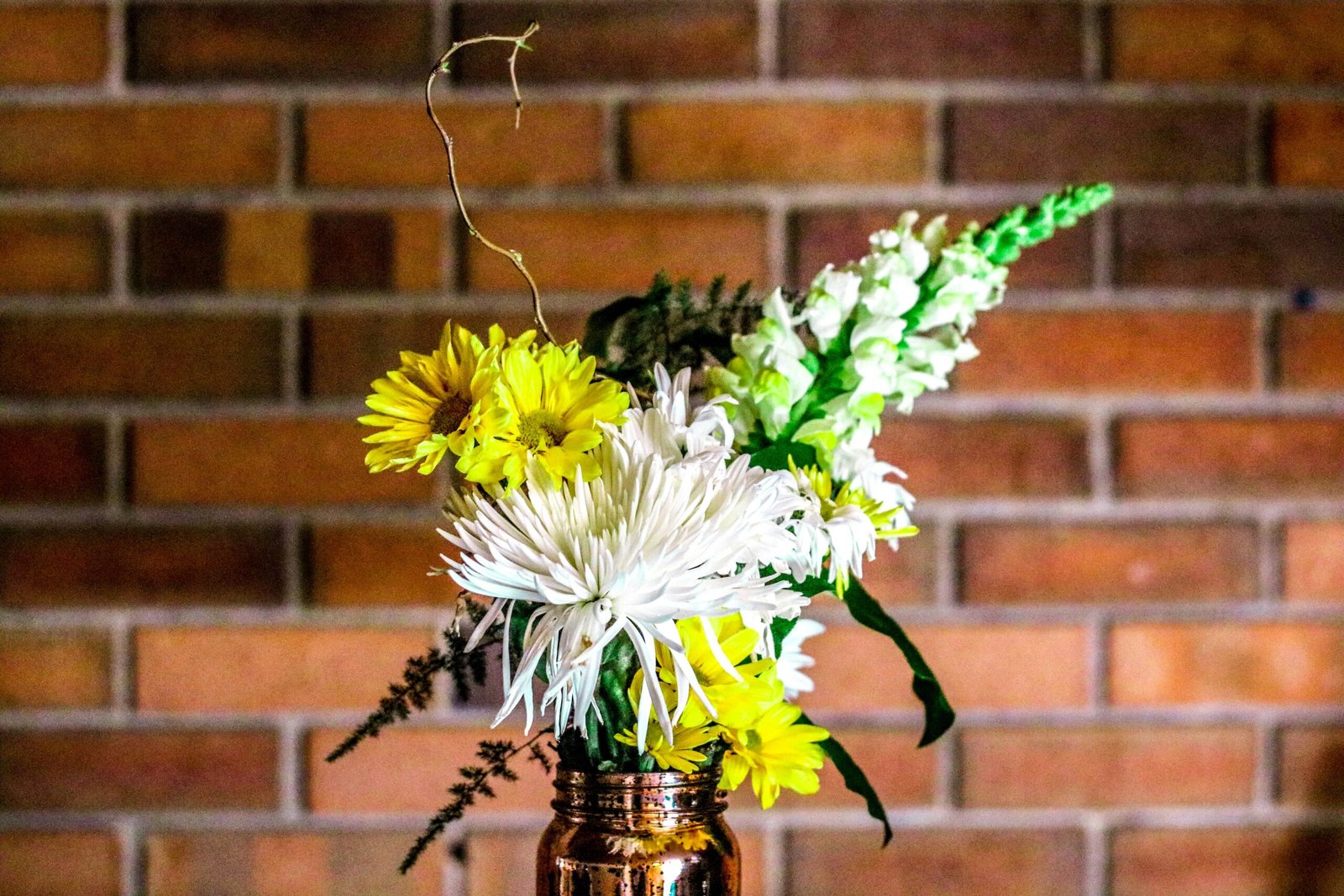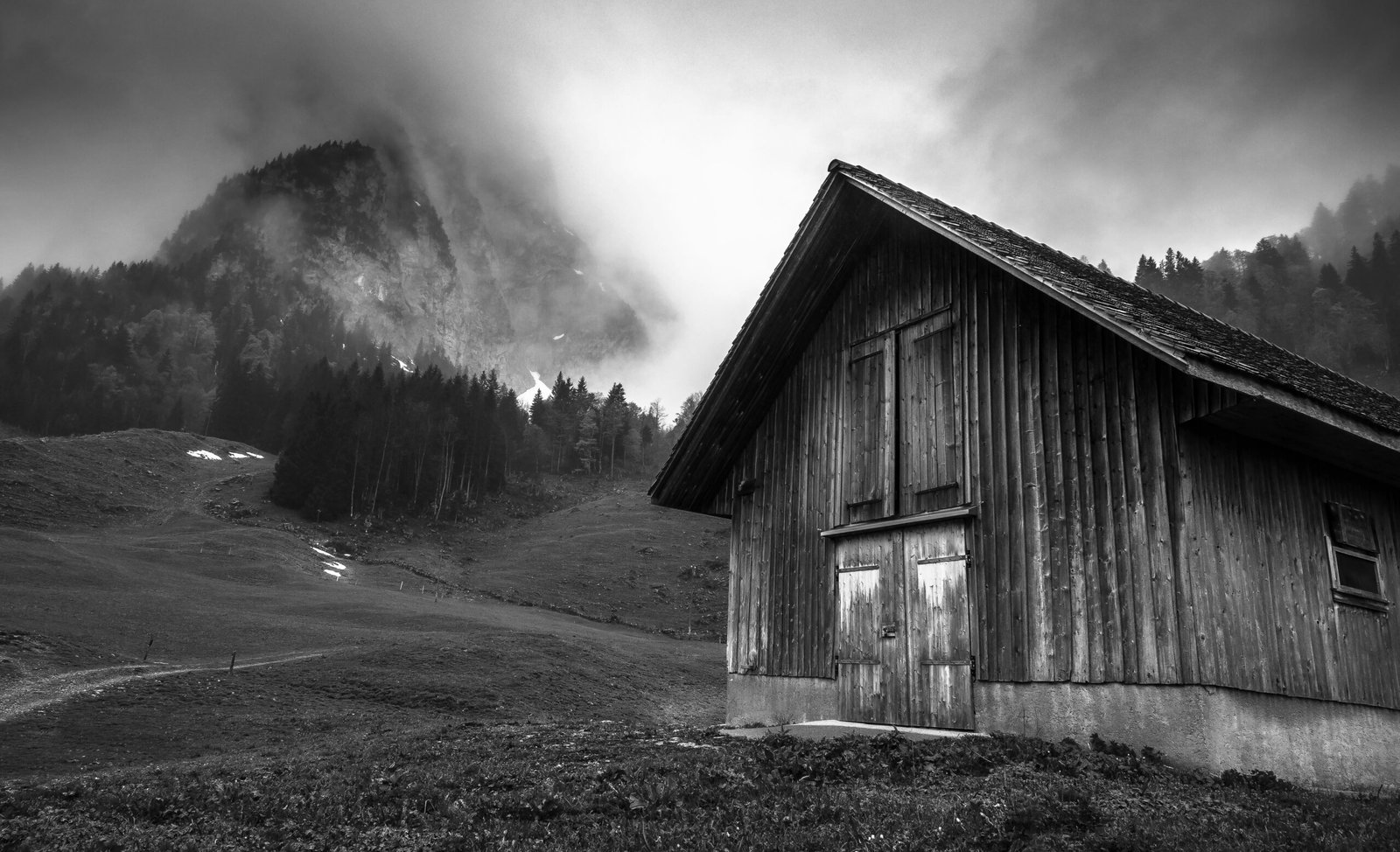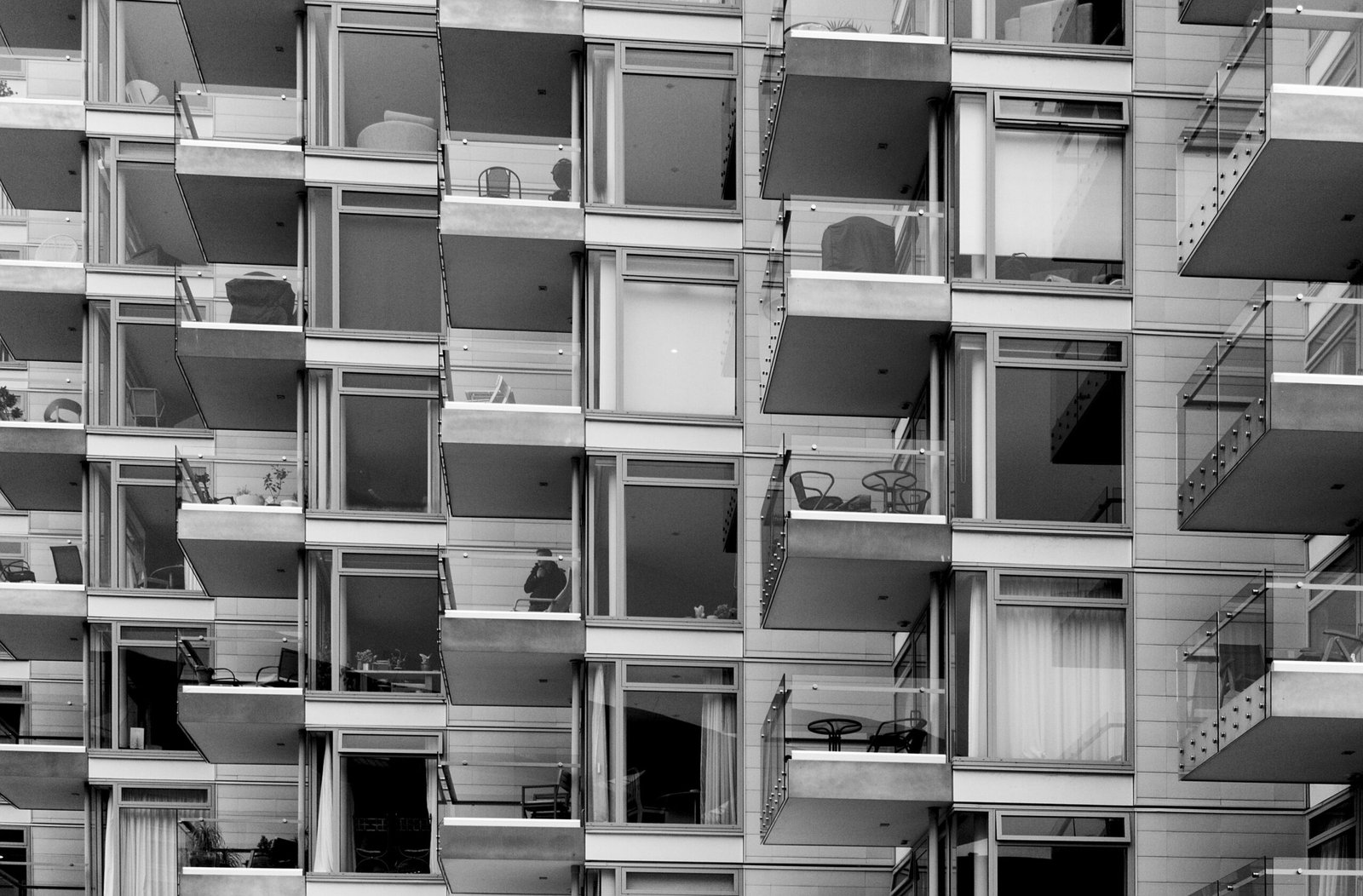💰 Powerful Spells for Wealth & Prosperity
Attract money, success, and financial abundance with real magic spells that bring results fast.
Introduction to Vastu Shastra
Vastu Shastra is an ancient Indian science that combines architecture and spirituality, aiming to create spaces that promote harmony and well-being. Its origins can be traced back thousands of years in India, drawing from traditional texts that outline principles for designing buildings in alignment with nature’s forces. This sophisticated discipline encompasses a range of elements, including spatial orientation, layout, and the selection of materials, all of which work together to enhance the energy flow within a structure.
At its core, Vastu Shastra seeks to establish balance between the elements of nature—earth, water, fire, air, and space—by creating environments that resonate positively with human life. The significance of Vastu lies in its ability to influence not only the aesthetic appeal of a space but also the health, prosperity, and happiness of its inhabitants. By integrating these principles into architecture and interior design, one can cultivate a space that is not only functional but also deeply connected to natural energies, leading to an overall improvement in quality of life.
Colors play a crucial role within this framework, serving as both a visual and vibrational element that can affect an individual’s mood and energy levels. Different colors embody various qualities; for instance, warm tones are often associated with vitality and enthusiasm, while cooler shades can evoke calmness and tranquility. By understanding the psychological and energetic impact of colors, practitioners of Vastu can select palettes that support the intended purpose of each space, thereby enhancing its overall effectiveness. As such, the interplay of color and Vastu Shastra is not merely an aesthetic consideration, but a fundamental aspect of creating environments that foster well-being.
Understanding the Influence of Colors
The impact of colors on human psychology and emotions is a well-documented phenomenon. Various studies have highlighted how certain colors can influence individual mood, behavior, and energy levels. For instance, warm colors like red, orange, and yellow tend to evoke feelings of warmth, excitement, and optimism. In contrast, cooler colors such as blue and green are associated with calmness, tranquility, and relaxation. This distinction not only reflects personal preference but also illustrates how our surroundings can affect physiological responses and overall well-being.
When viewed through the lens of Vastu Shastra, a traditional Indian architectural philosophy, the understanding of colors becomes even more significant. Vastu emphasizes the importance of harmony and balance within living spaces, where colors act as powerful tools to achieve such equilibrium. Each color is believed to resonate with specific energies, impacting not only the atmosphere of a space but also the inhabitants’ mental and emotional states.
For instance, incorporating shades of blue in a room may encourage peacefulness, potentially reducing stress and anxiety. Conversely, vibrant yellows can instigate feelings of joy and creativity, making them ideal for workspaces or communal areas. The principles of Vastu Shastra suggest that aligning the color palette of a space with its intended purpose can enhance the overall energy and vitality present within that environment.
Moreover, the thoughtful selection of colors can support specific emotional needs. By recognizing how each color influences mood, individuals can creatively adapt their living and working spaces to promote desired emotional states. Therefore, by integrating psychological insights into color choices, one can effectively enhance harmony and positive energy in alignment with Vastu Shastra principles, fostering a more supportive and conducive atmosphere for personal growth and well-being.
The Five Elements and Their Corresponding Colors
In Vastu Shastra, the ancient Indian architectural science, the five fundamental elements—Earth, Water, Fire, Air, and Space—play a pivotal role in determining the harmony and energy of a space. Each of these elements is associated with specific colors that not only enrich the aesthetic appeal of an environment but also enhance its vibrational energy according to Vastu principles.
The first element, Earth, represents stability and grounding. The colors associated with Earth are typically brown and yellow. Incorporating these hues into a space can establish a sense of security and support, promoting both physical and emotional well-being. Utilizing earthy tones in flooring, furnishings, or walls can significantly enhance the overall grounding energy of a room.
The second element, Water, embodies fluidity and tranquility. Blue and black are the primary colors associated with Water. By integrating these colors into a space, one can evoke feelings of calmness and renewal. For instance, featuring water-themed art, blue curtains, or serene color palettes in bathrooms can positively influence the emotional climate of these areas, encouraging relaxation and peace.
Fire, the third element, is linked to energy, passion, and transformation. Red and orange are the dominant colors of Fire. These vibrant shades can invigorate a space, encouraging activity and enthusiasm. Strategically placing these colors in communal areas, such as living rooms or kitchens, fosters a lively atmosphere conducive to interaction and creativity.
Moving to the fourth element, Air, which symbolizes movement and freedom, the colors green and white are associated. These colors can lift the energy of a room, promoting health and vitality. Incorporating plants, green accents, or white furnishings can refresh the ambiance, creating a sense of openness and clarity.
Lastly, Space, representing expansiveness, is associated with the color violet. This color encourages spirituality and insight, often best expressed through artwork or decorative items. By utilizing these colors mindfully throughout a space, one aligns the environment with the natural elements, fostering balance and positive energy.
Choosing Colors for Different Rooms
In Vastu Shastra, the color palette of a home plays a significant role in influencing the energy and ambiance of each room. Different areas of a house serve distinct functions, and as such, require specific colors that resonate with their purpose while promoting harmony and well-being.
In the living room, which is often a social hub, warm hues such as light yellow, peach, and beige are recommended. These colors create an inviting atmosphere and encourage positivity and interaction among family and guests. Furthermore, incorporating accent shades like greens or light blues can enhance tranquility, making it an ideal space for relaxation.
For the bedroom, softer, more soothing colors such as light blue, lavender, or soft pink are optimal. These shades foster a serene environment conducive to restful sleep and rejuvenation. It is advised to avoid overly bright or dark colors, as they may invoke restlessness or negativity. The selection of color should also reflect personal preferences, as individuality contributes to a sense of comfort and peace.
When it comes to the kitchen, vibrant colors like yellow or orange can stimulate appetite and enthusiasm. These warm tones help create an energetic environment essential for culinary endeavors. Additionally, incorporating white or light colors can enhance cleanliness and reflect light, promoting a cheerful atmosphere.
In terms of the bathroom, cooler colors such as light green or aqua promote a refreshing ambiance. These shades create a sense of cleanliness and tranquility, softening the often starkness of bathroom fixtures. It’s wise to avoid dark colors in this space to prevent feelings of confinement.
Overall, choosing the right colors based on Vastu Shastra principles can enhance the functionality and energy flow of each room, improving both the aesthetics and the atmosphere of the home.
Color Combinations and Their Effects
In Vastu Shastra, the interplay of colors plays a significant role in determining the energy of a space. Different colors possess unique vibrations and meanings, which can either complement or clash when paired together. This principle is crucial when designing an environment aimed at promoting well-being and harmony. Therefore, understanding the effects of various color combinations is essential for achieving a balanced atmosphere.
🛡 Powerful Protection Spells That Shield From Harm
Safeguard yourself, loved ones, and your home from negative energy and spiritual threats with effective, trusted protection spells.
Colors can evoke specific emotions and psychological responses. For instance, warm colors like red, orange, and yellow are often associated with energy and enthusiasm. However, when combined excessively without moderation, they can lead to feelings of aggression or restlessness. On the other hand, cool colors such as blue, green, and violet are linked to calmness and tranquility, making them excellent choices for relaxation spaces. When these hues are used thoughtfully, they promote a serene environment conducive to peace and meditation.
In Vastu Shastra, it is vital to create harmonious palettes that blend colors effectively. For instance, pairing blue with green can enhance feelings of calmness and balance, representing nature and stability. Similarly, combining yellow with gray can introduce a refreshing contrast that conveys optimism while also grounding the more vibrant hue. To avoid clashes, one should ensure that the intensity of colors is balanced. Too many vibrant colors close to each other can create chaos, while muted tones can soothe and unify the space.
It is recommended to incorporate neutral colors such as beige or white as a backdrop, allowing other colors to stand out without overwhelming the senses. By selecting colors that resonate with one another, individuals can create spaces that foster positive energy and promote overall harmony, aligning with the core principles of Vastu Shastra.
Common Color Mistakes in Vastu
In the practice of Vastu Shastra, the application of colors plays a pivotal role in establishing harmony and enhancing the energy within a space. However, many individuals often encounter common misconceptions and make mistakes when selecting colors for their homes. One prevalent mistake is ignoring the directional influences associated with color choices. Each direction corresponds to specific elements and energies, and selecting an inappropriate color for a particular area can lead to imbalances. For example, choosing red for the northwest may not yield the desired results, as this area is typically better suited for softer, more calming hues.
Another misconception is the belief that all bright colors are universally uplifting. While certain vibrant colors can invigorate a space, they may also contribute to restlessness and instability if used excessively. Overusing intense colors like orange or neon shades can create a chaotic atmosphere, counteracting the tranquility that Vastu principles aim to achieve. It is crucial to find a balance between vivid hues and their softer counterparts, ensuring that the overall environment promotes relaxation and peace.
Additionally, a common mistake involves neglecting the personal preferences and emotional responses of individuals inhabiting the space. People often choose colors based solely on trends or popular beliefs, disregarding how these colors resonate with them personally. By doing so, they may inadvertently disrupt the positive energies that Vastu seeks to harness. It is essential to take into account individual feelings and associations with colors, as personal alignment with the chosen palette can significantly influence the overall ambiance and energy balance of the home.
By understanding these common pitfalls in color choices, individuals can cultivate a harmonious living space that aligns with Vastu principles, ultimately fostering an environment conducive to well-being and peace.
Cultural Significance of Colors in Vastu
Within the framework of Vastu Shastra, colors hold profound cultural significance that extends beyond mere aesthetics. Traditionally, colors have been imbued with specific meanings and attributes that reverberate throughout Indian culture. Each hue is believed to evoke distinct energies and emotions, influencing both the surroundings and the individuals inhabiting those spaces. Consequently, the selection of colors in accordance with Vastu principles is not just a matter of preference; it is closely tied to regional beliefs and customs.
For instance, in many Hindu traditions, red symbolizes strength and vitality, making it an auspicious choice for living areas where family interactions occur. Conversely, blue, often linked with tranquility and reflection, is frequently chosen for spaces intended for rest and relaxation. Similarly, green is associated with nature, harmony, and renewal, rendering it an ideal option for spaces that aim to cultivate balance and well-being. These cultural perceptions of colors greatly influence how individuals align their choices with Vastu guidelines.
Moreover, regional variations introduce further complexity to the cultural significance of colors in Vastu Shastra. In southern India, for example, white is commonly seen as a symbol of purity and is preferred for homes. In contrast, northern regions might emphasize yellow, which is often associated with prosperity and wisdom. This regional diversity underscores the importance of understanding local customs when selecting a color palette according to Vastu principles.
In summary, the cultural significance of colors in Vastu Shastra is deeply intertwined with traditional beliefs and regional variations. These perceptions play a crucial role in influencing color choices, aligning them not just with the aesthetic preferences of individuals but also with the energetic qualities that colors carry according to Vastu principles. Understanding these cultural nuances is essential for creating harmonious living environments that adhere to Vastu Shastra guidelines.
Practical Tips for Implementing Color in Vastu
Incorporating Vastu principles into home decoration can significantly enhance the overall harmony and positive energy within a space. To effectively implement color in Vastu, one should begin by assessing the purpose of each room. Different areas serve unique functions, and the appropriate color can amplify the intended energy. For example, calming colors like blue and green can benefit bedrooms, fostering tranquility and restful sleep. In contrast, vibrant hues such as yellow or orange can be ideal for kitchens, encouraging warmth and positivity.
When selecting paint colors, it’s essential to think about the psychological effects of different shades. Earthy tones like beige and brown can provide a grounding effect, making them suitable for living rooms where family gatherings take place. Meanwhile, white and light shades can create a sense of spaciousness and serenity, which works well in smaller areas. Beyond paint, consider integrating Vastu-compliant colors into your decor and textiles. Curtains, pillows, and wall hangings can be effortless means of introducing favorable colors to your spaces.
Textiles offer another layer of flexibility when it comes to color implementation. Fabrics in harmonious shades can not only uplift the aesthetic appeal of a room but also adhere to Vastu principles. Opting for materials that reflect the desired energy promotes a balanced atmosphere. For instance, a bedroom adorned with soft, pastel-colored cushions can enhance relaxation, while brighter textiles in a playroom can stimulate energy and creativity.
Ultimately, aligning your color choices with Vastu Shastra principles helps create an environment that promotes peace and prosperity. Make small adjustments gradually, observing how the color influences your space and overall well-being. Such a mindful approach ensures that your home resonates with positive vibrations while adhering to the timeless wisdom of Vastu.
Conclusion: Embracing Color Harmoniously
In Vastu Shastra, the intricate connections between colors and the environment play a pivotal role in shaping the energy and ambiance of our living spaces. As we have explored, each color embodies unique properties that can influence our emotions, health, and overall well-being. For instance, warm colors like red and orange can evoke feelings of excitement and energy, while cool colors such as blue and green promote calmness and relaxation. Understanding these associations allows us to make informed decisions about the color palettes we choose for our homes.
It is crucial to consider not only the aesthetic appeal of colors but also their impact on the dynamics of energy flow within a space. By aligning our color choices with the principles of Vastu Shastra, we can enhance the harmony among various elements, leading to a balanced and peaceful environment. For example, soft pastels can bring a sense of tranquility, making them ideal for bedrooms, whereas vibrant hues may be better suited for social areas where interaction flows freely.
As individuals, embracing color consciously means recognizing the influence of specific shades on our psychological and physical states. This can foster a healthier lifestyle and improved emotional well-being. Therefore, when selecting colors for your environment, take the time to reflect on how each color resonates with you personally while simultaneously respecting the guidelines of Vastu Shastra.
Ultimately, the harmonious application of color can transform spaces, creating a sanctuary that nurtures both body and mind. Consider implementing these principles in your own home, as mindful color choices not only enhance aesthetic appeal but also contribute significantly to achieving a balanced, serene living space.








